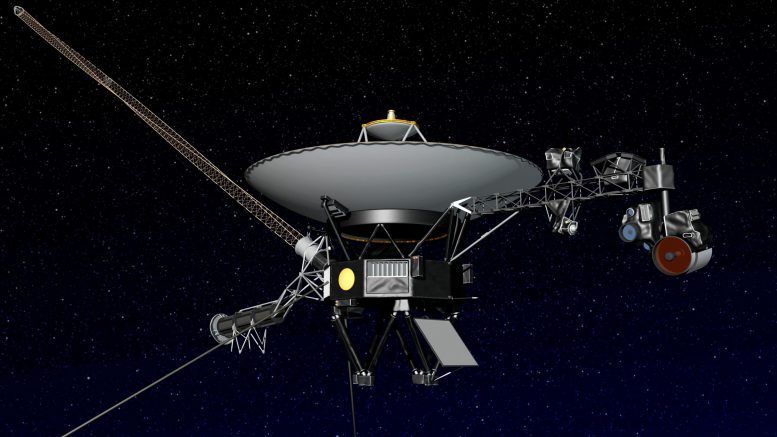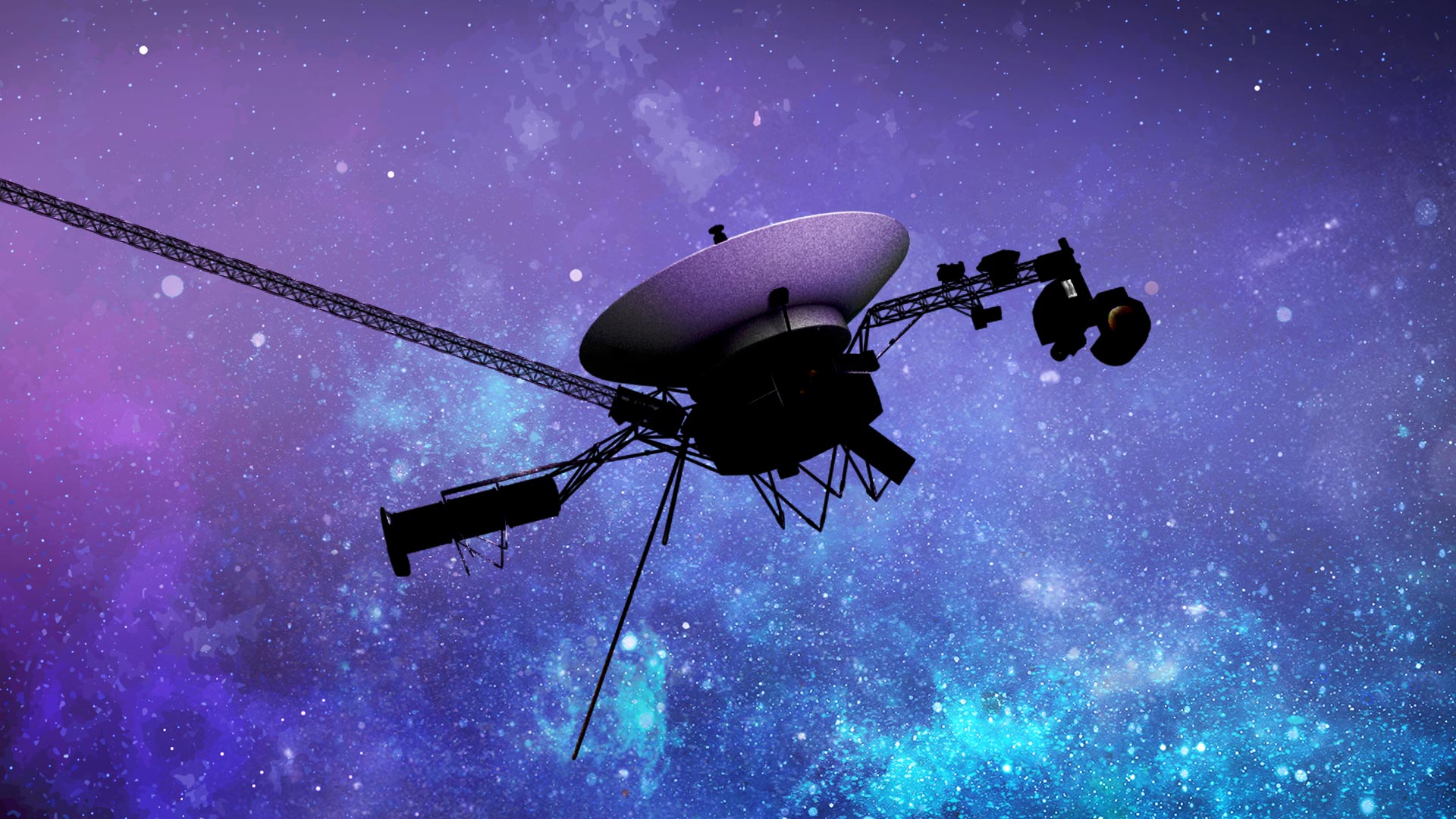NASA’s Voyager 1 has overcome a technical setback from November 2023, successfully resuming normal operations and data transmission by May 2024. All four of its science instruments are active again, studying space beyond our solar system. Credit: Caltech/NASA-JPL
After resolving technical issues, Voyager 1 has returned to normal operations, with all instruments fully functional and continuing to study interstellar space.
Maintenance is ongoing to ensure data accuracy and system stability. Voyager 1, along with Voyager 2, continues to be a critical part of NASA’s deep-space exploration.
Resolving Voyager 1’s Technical Issues
NASA’s Voyager 1 spacecraft is conducting normal science operations for the first time following a technical issue that arose in November 2023.

Artist’s concept of NASA’s Voyager spacecraft. Credit: NASA/JPL-Caltech
Restoration of Science Instruments
The mission team partially resolved the issue in April when they prompted the spacecraft to begin returning engineering data, which includes information about the health and status of the spacecraft. On May 19, the team executed the second step of that repair process and beamed a command to the spacecraft to begin returning science data. Two of the four science instruments returned to their normal operating modes immediately. Two other instruments required some additional work, but now, all four are returning usable science data.
Continuing Voyager Missions
The four instruments study plasma waves, magnetic fields, and particles. Voyager 1 and Voyager 2 are the only spacecraft to directly sample interstellar space, which is the region outside the heliosphere — the protective bubble of magnetic fields and solar wind created by the Sun.
Ongoing Maintenance and Milestones
While Voyager 1 is back to conducting science, additional minor work is needed to clean up the effects of the issue. Among other tasks, engineers will resynchronize timekeeping software in the spacecraft’s three onboard computers so they can execute commands at the right time. The team will also perform maintenance on the digital tape recorder, which records some data for the plasma wave instrument that is sent to Earth twice per year. (Most of the Voyagers’ science data is sent directly to Earth and not recorded.)
Voyager 1 is more than 15 billion miles (24 billion kilometers) from Earth, and Voyager 2 is more than 12 billion miles (20 billion kilometers) from the planet. The probes will mark 47 years of operations later this year. They are NASA’s longest-running and most-distant spacecraft. Both spacecraft flew past Jupiter and Saturn, while Voyager 2 also flew past Uranus and Neptune.
The Voyager missions, consisting of Voyager 1 and Voyager 2, are NASA’s twin space probes launched in 1977 to explore the outer planets and beyond. Voyager 1 focused on Jupiter and Saturn, while Voyager 2 explored Jupiter, Saturn, Uranus, and Neptune. After their primary missions, both probes continued on to study the outer reaches of the solar system and now travel through interstellar space, sending valuable data about the heliosphere and the wider universe beyond our solar system. These missions have significantly expanded our understanding of the solar system and remain among the farthest-reaching human-made objects in space.

Dr. Thomas Hughes is a UK-based scientist and science communicator who makes complex topics accessible to readers. His articles explore breakthroughs in various scientific disciplines, from space exploration to cutting-edge research.








